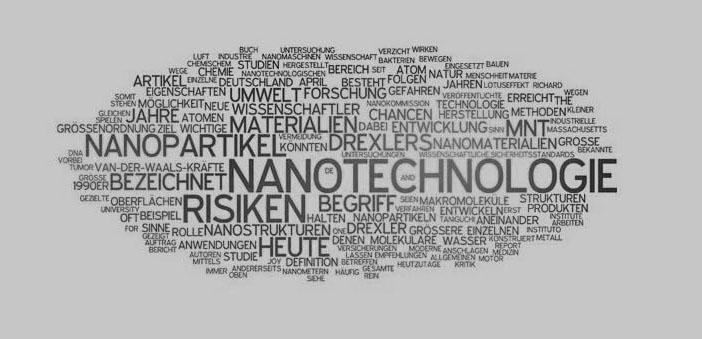Nanotechnology is a science which can be used across all other scientific fields such as chemistry, medicine, engineering, biology, material science.
What nanotechnology does is to control and conduct the individual particles – atoms and molecules, instead of controlling the material itself. At this scale the things we think we know and take for granted act in a completely different way.
Even the microscopic particles look huge and even the well-known substances have different properties – higher strength, increased durability, lighter weight, flexibility.
However, a particle with the size of an atom is impossible to be seen with the naked eyes. What is more, it is difficult to be detected even with a light microscope.
The microscope which is able to observe particles at this scale was invented about 30 years ago and it marked the rise of nanotechnology as a separate science.
When was nanotechnology born? Although it is a relatively young discovery, nanoscience can be considered not a modern, but much older “science”.
Nowadays, nanotechnology and nanoscience have the potential to affect and change in a positive way every sphere of our lives including medicine, cars, computers, and fashion industry.
Undoubtedly, they have a key role in the overall technological progress for the 21st century.











